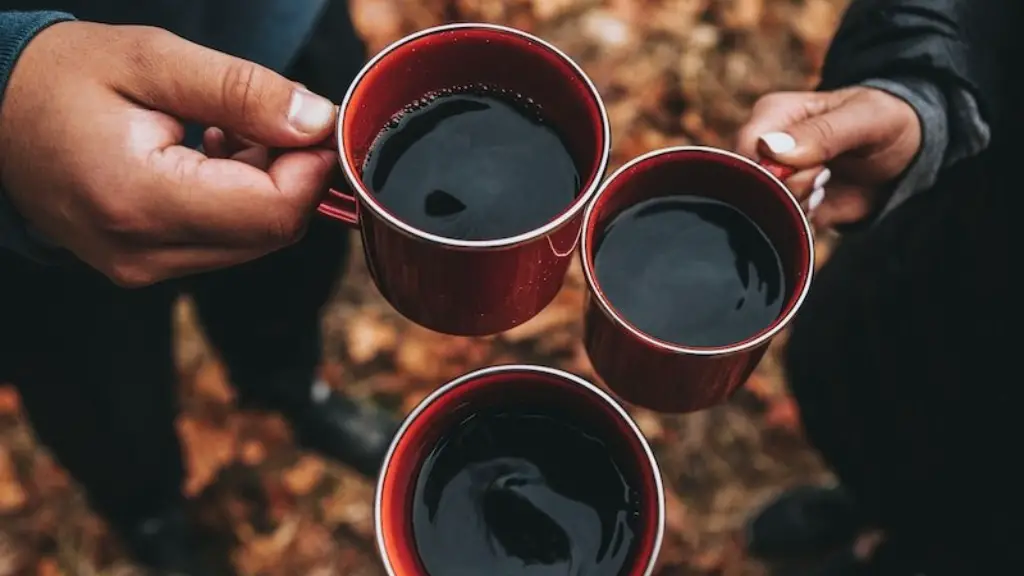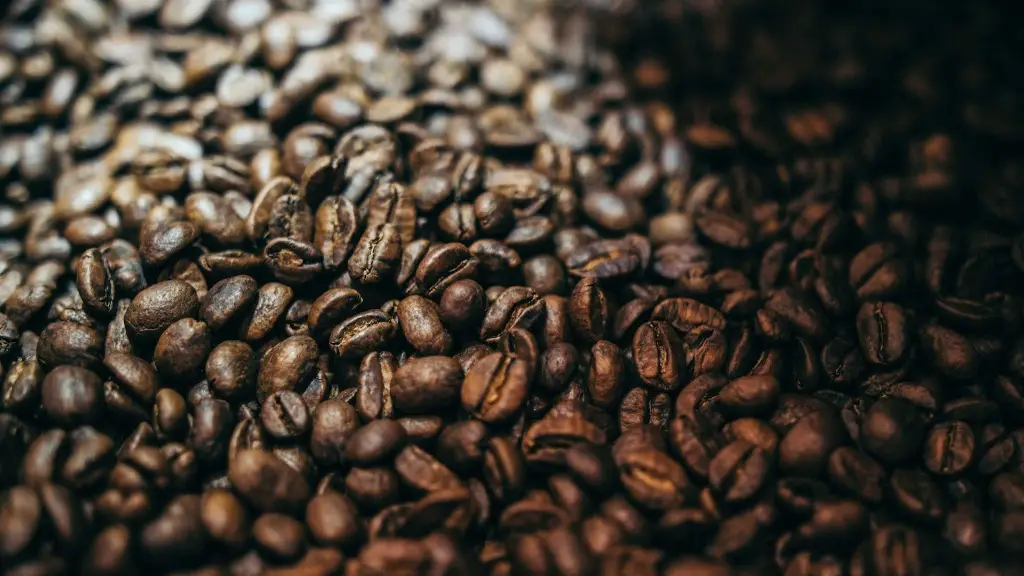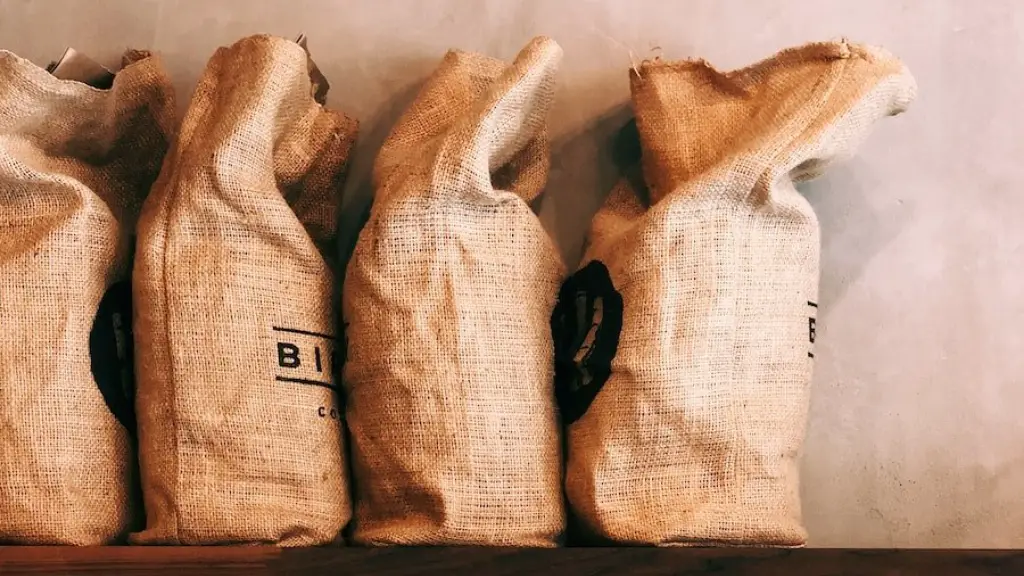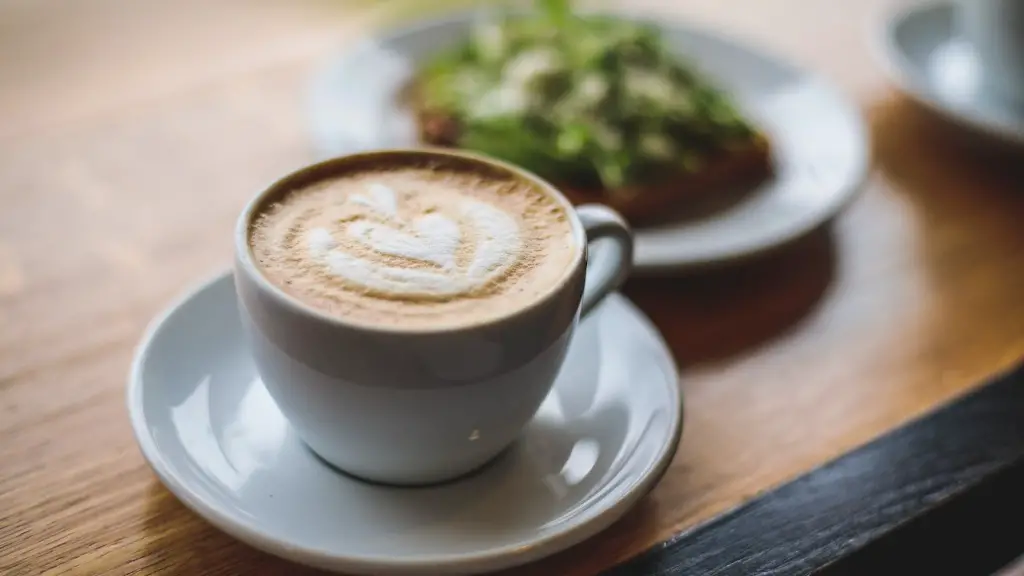The idea of grabbing a coffee on the way to the office, to the airport or before catching up with friends over dinner is something we all gravitate towards, regardless of whether we like coffee or not. There’s something special about coffee that captures our attention—be it the ritualistic way it’s served, the ambience of a coffee shop, the social status associated with it, or just its stimulating aroma. One company that has become synonymous with coffee is Starbucks, a global café brand with over 31,000 shops across the world. Have you ever wondered how much caffeine you are consuming when you order a Grande coffee from Starbucks? Or how many ounces are in the Grande cup? After some research, we can tell you exactly how much caffeine is inTall, Grande, and Venti cups and how many ounces are in each of these sizes.
A Grande coffee from Starbucks is 16 fluid ounces, or 473 millilitres. Before we break down the caffeine content, it’s important to note that Starbucks uses the Espresso (weighing two ounces) as the base for all their coffee drinks. So, for a Grande coffee, you’ll get two shots of Espresso. Additionally, all of Starbucks’ standard coffees (like Blonde, Break and Pike Place) have an average caffeine content of 330 milligrams per 16 fl.oz, regardless of the cup size. However, a Grande Vanilla and Caramel Flavoured Latte contain 270 milligrams of caffeine each and a Grande Blonde Cappuccino has 180 milligrams.
Elaborating further on the Grande drip brew, breakfast blend, and Pike Place roast coffees, they contain 320 milligrams of caffeine per 16 fluid ounces, while the Decaf Pike Coffee contains 15 milligrams per 16-oz of the brewing beverage. Nevertheless, if you opt for an iced coffee or Frappuccino, the caffeine content per 16-oz is slightly lower compared to your hot beverage. Usually, both drinks contain around 150 milligrams.
Studying how different cup sizes affect the caffeine content of the drinks is both eye-opening and informative. For example, one Grande-sized coffee from Starbucks (16-oz) contains around 330 milligrams of caffeine, while a Venti-sized cup (24-oz) contains almost 500 milligrams. On the other hand, the Tall-sized cup (12-oz) contains only 260 milligrams. So, a Grande cup has more than double the amount of caffeine than a Tall cup.
It’s not just the size of your cup that holds clues to the caffeine content either. Shop-made drinks like lattes, cappuccinos and frappes are becoming increasingly popular, with some brands offering customised options. To get your buzz in an organised fashion with minimum risk of any adverse effects from over-indulgence, it is important to check the caffeine content of each beverage.
For people trying to limit their caffeine consumption, sugar-free syrups like hazelnut, almond, toffee nut, vanilla and mocha also provide flavour and sweetness without the addition of caffeine. In fact, greater understanding of your coffee consumption can have tangible benefits. Obviously, too much of it can have negative effects, like sleep disturbances, anxiety and restlessness, whereas lesser amounts can boost your mental alertness and physical performance.
Home Brewed Coffee
Coffee is one of the world’s most popular beverages and it’s no surprise that many people save money by making it at home. Unlike Starbucks and other cafes, most home brewed coffee doesn’t contain added espresso shots, so caffeine content is dependant on the type and strength of the coffee grounds used. Arabica beans, for example, contain less caffeine than Robusta beans and the strength of the blend or roast factor can also make the caffeinated effects more or less intense.
As for the amount of caffeine per cup, the amount of coffee grounds affects it too. When making coffee at home, it is often recommended to use two tablespoons of coffee grounds per 6-oz cup and adjust accordingly as to how strong (or weak) you would prefer it. As a guide, studies have found that a generic cup of home-brewed coffee (6-oz) contains between 95 to 200 milligrams of caffeine, whereas a 12-oz cup contains around 140–265 milligrams.
Caffeine Intake Considerations
Consumption of coffee, just like anything else, should be done in moderation. Different countries have different guidelines when it comes to everyday caffeine intake and you should always seek advice from your doctor. Generally speaking, the FDA recommends 400 milligrams of caffeine per day as a safe upper limit. Except for pregnant women or those on certain medications, drinking coffee or other caffeinated beverages within the recommended limit should pose no health risks.
When it comes to Starbucks, it is important to choose the correct cup size and type of coffee. If a Venti cup is just too much caffeine, opt for a Grande or Tall cup instead. With frappes and non-espresso drinks, be mindful of the added syrups and other ingredients. Keeping track of how much caffeine you’re consuming can help in making wise, informed decisions about your coffee drinking.- – –
Coffe Versus Tea
Coffee is not the only beverage known for its stimulating effects. Tea is another ancient drink that is consumed globally in various forms and has been around for thousands of years. The caffeine content in coffee is much higher, but some types of tea can also contain a moderate to large amount of caffeine. Just like coffee, the caffeine content of tea depends on the type of tea leaves and how long the leaves were steeping in the water.
Green tea, for example, is a milder type of tea with a caffeine content of around 25–40 milligrams per cup. On the other hand, black tea is little more caffeinated, with a content of around 15–60 milligrams per cup, depending on the strength and type of tea. In comparison to coffee, the caffeine content of most teas is still lower than most caffeinated drinks.
But the story doesn’t end with just caffeine. As much as people love their cup of coffee, a green tea or herbal tea is a healthier option. Although caffeine can provide you with a certain level of alertness and mental clarity, studies suggest that it may cause insomnia, anxiety and other negative side effects in some individuals. The healthiest choice for yourself will be to limit both coffee and tea consumption and try to choose caffeine free drinks such as herbal teas or green juices.
Functional Benefits Of Coffee
Coffee is not only a drink enjoyed purely for its taste or stimulating effects. Consuming moderate amounts of caffeine from coffee or from other sources can help in boosting alertness, improving focus and concentration. This can be beneficial if you’re studying for an exam, trying to work on complex tasks or just working longer hours. Moreover, drinking coffee can also have other functional benefits such as increasing physical endurance and improving athletes’ performance.
In addition, some experts suggest that coffee can also be beneficial for reducing the risk of developing Alzheimer’s disease, Parkinson’s disease, type 2 diabetes, certain cancers and other age-related diseases. Studies also show that moderate coffee consumption (1–2 cups per day) may help to improve your cholesterol levels and can even be beneficial for reducing the risk of other cardiovascular diseases.
While everyone’s preference and safety margins vary, drinking coffee in moderation can have many functional benefits. Remember though, good judgement should always be applied when drinking coffee, just like any other caffeinated beverage.
Tips For Enjoying Coffee
There’s no doubt that enjoying a cup of coffee is a gratifying experience and a ritual that many of us savour. For people trying to make the most of their coffee drinking habit and make informed decisions, here are few tips to keep in mind. First of all, be aware of the calories in your coffee or café-made beverage. It can be easy to forget that a Frappucino or a cappuccino contains a high amount of added sweeteners and flavoured syrups, making it a calorie-dense beverage, even before you add milk.
Secondly, try to limit the amount of coffee you drink and switch it up with other beverages like tea or just plain, old-fashioned water. While many individuals depend on coffee for energy, too much of it can leave us feeling more exhausted than awake. Lastly, familiarise yourself with the caffeine content of different types of coffee so you don’t consume more caffeine than your body can handle.




